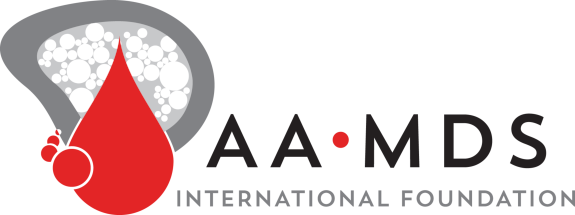This study describes the health-related quality of life (HRQoL) and symptom-specific functional impairment of patients with paroxysmal nocturnal hemoglobinuria (PNH) in a real-world setting. US-based adults with PNH treated with a parenterally administered complement inhibitor (PACI) for ≥ 6 months completed an online, cross-sectional, observational survey; a subset of patients also participated in semi-structured qualitative interviews. The survey included the PROMIS® 29 + 2 Profile v2.1 (PROMIS 29 + 2) to measure HRQoL. The FACIT-Fatigue, Neuro-QOL Item Bank v2.0 Cognitive Function Short Form, and PROMIS Item Bank v1.0 Dyspnea Functional Limitations 10a Short Form measured symptom-specific functional impairment. For each patient with PNH who completed the online survey, 3 age- and sex-matched adults from the general population (GP) also completed the survey. The HRQoL and functional impairment of the PNH sample were compared to that of the GP sample. The association between HRQoL/functional impairment and fatigue severity for the PNH sample was also investigated. Compared to the age- and sex-matched GP sample, patients treated with PACIs for PNH had significantly worse HRQoL and greater functional impairment for all measured domains (p < 0.05). Within the PNH sample, statistically significant associations (p < 0.05) were observed between fatigue severity and HRQoL/functional impairment for all outcomes except the PROMIS 29 + 2 Sleep Disturbance domain. Interview participants described fatigue-related impairments in their physical, social, and cognitive functioning. Despite receiving treatment for PNH, patients experienced deficits in HRQoL and functional impairment, suggesting that opportunities to improve patient-relevant outcomes through treatment should be identified.
Health-related quality of life and symptom-specific functional impairment among patients treated with parenterally administered complement inhibitors for paroxysmal nocturnal hemoglobinuria
Journal Title:
Annals of Hematology
Original Publication Date:
Monday, November 18, 2024
Full Article on PubMed:
Bone Marrow Disease(s):

